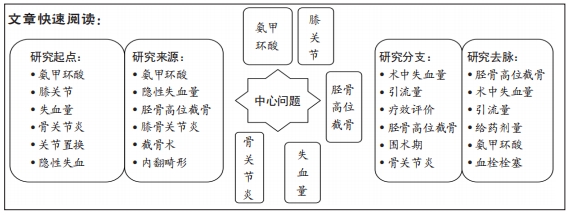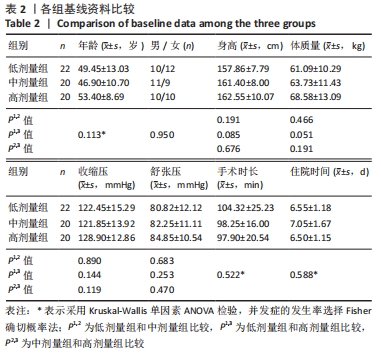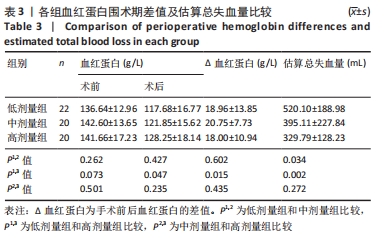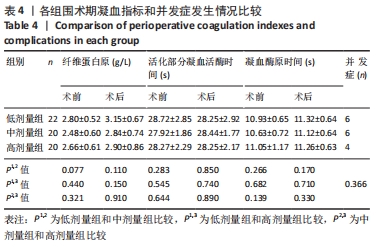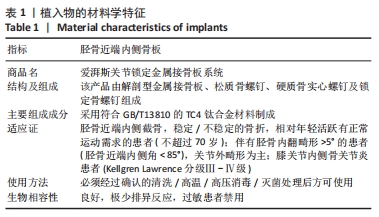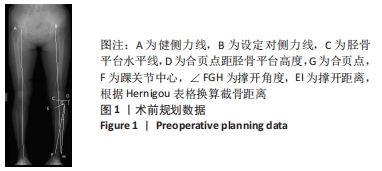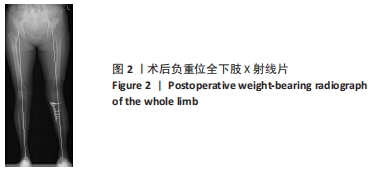[1] JACKSON JP, WAUGH W. Tibial Osteotomy for Osteoarthritis of the Knee. Proc R Soc Med. 1960;53(10):888.
[2] COVENTRY MB. Osteotomy about the knee for degenerative and rheumatoid arthritis. J Bone Joint Surg. 1973;55(1):23-48.
[3] PENG H, OU A, HUANG X, et al. Osteotomy Around the Knee: The Surgical Treatment of Osteoarthritis. Orthop Surg. 2021;13(5):1465-1473.
[4] FLOERKEMEIER S, STAUBLI AE, SCHROETER S, et al. Outcome after high tibial open-wedge osteotomy: a retrospective evaluation of 533 patients. Knee Surg Sports Traumatol Arthrosc. 2013;21(1):170-80.
[5] MARTIN R, BIRMINGHAM TB, WILLITS K, et al. Adverse event rates and classifications in medial opening wedge high tibial osteotomy. Am J Sports Med. 2014;42(5):1118-1126.
[6] PAPE D, DUECK K, HAAG M, et al. Wedge volume and osteotomy surface depend on surgical technique for distal femoral osteotomy. Knee Surg Sports Traumatol Arthrosc. 2013;21(1):127-133.
[7] KAWATA M, JO T, TAKETOMI S, et al. Type of bone graft and primary diagnosis were associated with nosocomial surgical site infection after high tibial osteotomy: analysis of a national database. Knee Surg Sports Traumatol Arthrosc. 2021;29(2): 429-436.
[8] DELVA ML, SAMUEL LT, ROTH A, et al. Contemporary Knee Osteotomy in the United States: High Tibial Osteotomy and Distal Femoral Osteotomy Have Comparable Complication Rates despite Differing Demographic Profiles. J Knee Surg. 2021;34(8):816-821.
[9] THIPPARAMPALL AK, GURAJALA I, GOPINATH R. The effect of different dose regimens of tranexamic acid in reducing blood loss during hip surgery. Indian J Anaesth. 2017;61(3):235-239.
[10] ALSUMADI M, MAHMOOD A, WHITTAM D, et al. Efficacy and safety of tranexamic acid in hip fracture surgery: A comparative study of 613 patients. J Perioper Pract. 2021:17504589211002090.
[11] ZHANG Z, WANG LN, YANG X, et al. The effect of multiple-dose oral versus intravenous tranexamic acid in reducing postoperative blood loss and transfusion rate after adolescent scoliosis surgery: a randomized controlled trial. Spine J. 2021;21(2):312-320.
[12] D’SOUZA R, DUNCAN C, WHITING D, et al. Tranexamic acid is associated with decreased transfusion, hospital length of stay, and hospital cost in simultaneous bilateral total knee arthroplasty. Bosn J Basic Med Sci. 2021;21(4):471-476.
[13] ZHU X, SHI Q, LI D, et al. Two Doses of Tranexamic Acid Reduce Blood Loss in Primary Posterior Lumbar Fusion Surgery: A Randomized-controlled Trial. Clin Spine Surg. 2020;33(10):E593-E597.
[14] PALIJA S, BIJELJAC S, MANOJLOVIC S, et al. Effectiveness of different doses and routes of administration of tranexamic acid for total hip replacement. Int Orthop. 2021;45(4):865-870
[15] SONGLIN L, QUNSHAN L, MENG Z, et al. Effect of intravenous tranexamic acid on blood loss after high tibial osteotomy. J Clin Orthop Res. 2019;4(6): 343-348.
[16] LI SL, LU QS, GUO XZ, et al. Intravenous Combined with Topical Tranexamic Acid Administration Has No Additional Benefits Compared with Intravenous Administration Alone in High Tibial Osteotomy: A Retrospective Case-Control Study. Orthop Surg. 2020;12(2):515-523.
[17] 王军, 危杰, 王满宜. 股骨转子间骨折围手术期隐性失血量计算方法的分析[J]. 中华创伤骨科杂志,2014,16(5):437-440.
[18] YOON SD, ZHANG G, KIM HJ, et al. Comparison of Cable Method and Miniaci Method Using Picture Archiving and Communication System in Preoperative Planning for Open Wedge High Tibial Osteotomy. Knee Surg Relat Res. 2016; 28(4): 283-288.
[19] RAJESPARAN K, BIANT LC, AHMAD M, et al. The effect of an intravenous bolus of tranexamic acid on blood loss in total hip replacement. J Bone Joint Surg Br. 2009;91(6):776-783.
[20] ZHOU Q, ZHOU YQ, WU HS, et al. Changes of Hemoglobin and Hematocrit in Elderly Patients Receiving Lower Joint Arthroplasty without Allogeneic Blood Transfusion. Chin Med J. 2015;128(1):75-78.
[21] NI J, LIU J, ZHANG J, et al. Tranexamic acid is beneficial for blood management of high tibial osteotomy: a randomized controlled study. Arch Orthop Trauma Surg. 2020;141(9):1463-1472.
[22] SUH DW, KYUNG BS, HAN SB, et al. Efficacy of Tranexamic Acid for Hemostasis in Patients Undergoing High Tibial Osteotomy. J Knee Surg. 2018;31(1):50-55.
[23] PALANISAMY JV, DAS S, MOON KH, et al. Intravenous Tranexamic Acid Reduces Postoperative Blood Loss After High Tibial Osteotomy. Clin Orthop Relat Res. 2018;476(11):2148-2154.
[24] KIM KI, KIM HJ, KIM GB, et al. Tranexamic acid is effective for blood management in open-wedge high tibial osteotomy. Orthop Traumatol Surg Res. 2018;104(7):1003-1007.
[25] YAO R, GAO W, WANG B, et al. Efficacy and Safety of Tranexamic Acid in Reducing Blood Loss of Lower Extremity Osteotomy in Peri“cetabulum and High Tibia: A Systematic Review and Meta”nalysis. Orthop Surg. 2019; 11(4):545-551.
[26] LI S, YANG J, WATSON C, et al. Drainage relieves pain without increasing post-operative blood loss in high tibial osteotomy: a prospective randomized controlled study. Int Orthop. 2020;44(6):1037-1043.
[27] BOLAM SM, O’REGAN-BROWN A, PAUL MONK A, et al. Toxicity of tranexamic acid (TXA) to intra-articular tissue in orthopaedic surgery: a scoping review. Knee Surg Sports Traumatol Arthrosc. 2021;29(6):1862-1871.
[28] SLATTERY C, KARK J, WAGNER T, et al. The Use of Tranexamic Acid to Reduce Surgical Blood Loss A Review Basic Science, Subspecialty Studies, and The Evolution of Use in Spine Deformity Surgery. Clin Spine Surg. 2019;32(2):46-50.
[29] KIM MS, KOH IJ, SUNG YG, et al. Intravenous Tranexamic Acid Has Benefit for Reducing Blood Loss after Open-Wedge High Tibial Osteotomy: A Randomized Controlled Trial. J Clin Med. 2021;10(15):3272.
[30] DRAXLER D, MEDCALF RL. The fibrinolytic system – more than fibrinolysis? Transfus Med Rev. 2015;29(2):102-109.
|
